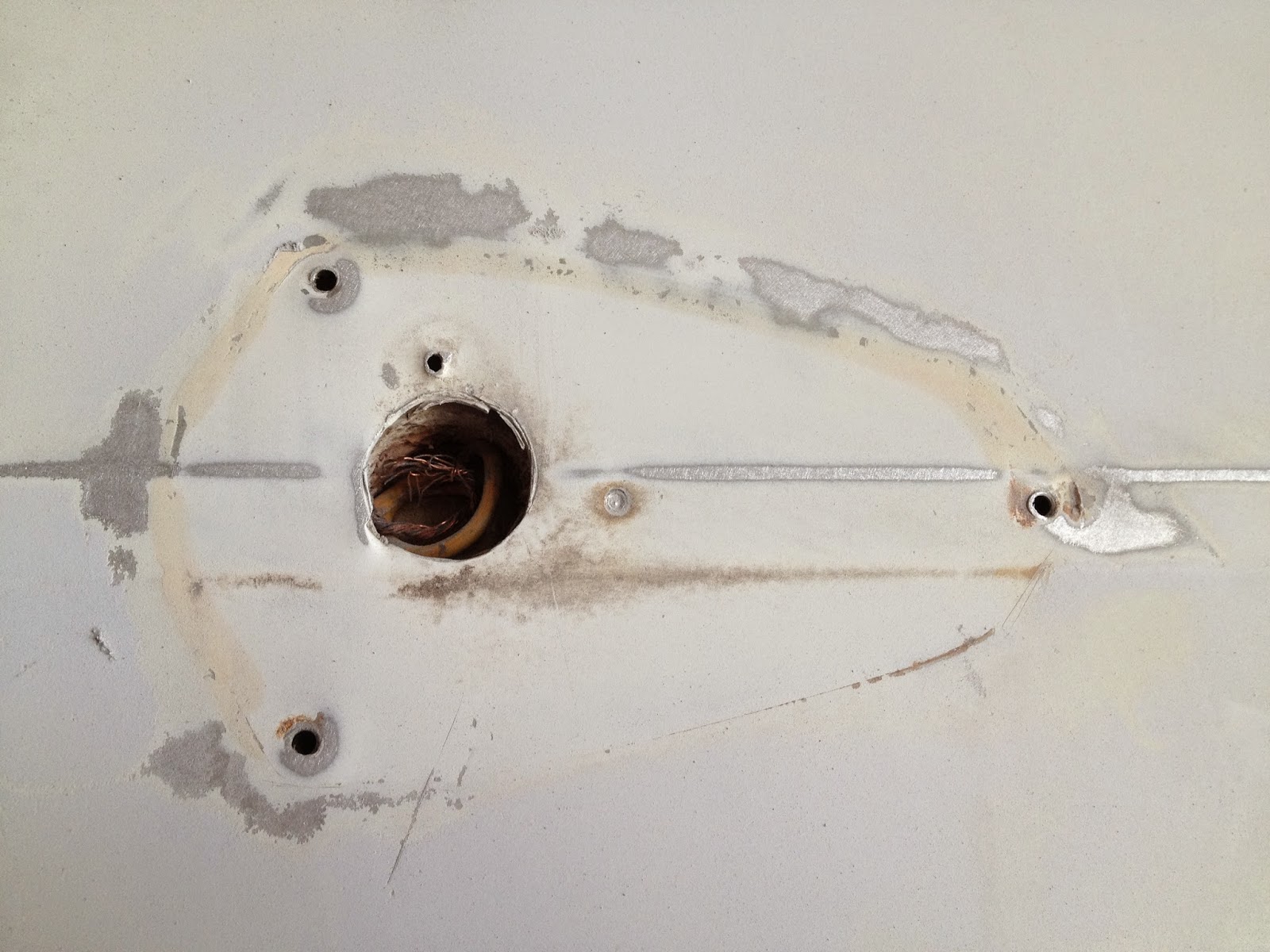Just because the calendar still says 'Winter' doesn't mean we're willing to wait months and months before we can get together and enjoy using our little camping palaces.
Proof: Last weekend, eight Girl Camping Girls thumbed their noses at the calendar and the thermometer with a 'pre-camp' visit to Swiftwater RV Park in White Bird, Idaho. A cold front descended and took away the sunshine, which only allowed us to enjoy a warm fire that much more.
Play time! Early-spring time! A chance to test the equipment and the keep-warm skills!
This area is one of Idaho's banana belts, with hints of spring coming much earlier than in most other parts of the Inland Northwest. We soaked up the sight of 'new green,' from the shoots coming up to the fresh baby leaves on the trees. Some gals saw blossoming fruit trees as they drove down the Salmon River Canyon from Riggins. It sounds like spring here, too. Canadian geese seem to use the Salmon River as a flyway, honking as they cruise the river channel in a northerly direction.
It's always so great to see each other again after the holiday season…here we have Miss Mig and Miss Sherry, in a happy reunion.
After many months of only being able to think about the sight of vintage trailers, it's just plain delightful to be able to walk among them again. Even though they were factory-produced, no two are ever alike at this point in their lives. I'm endlessly engaged by their designs and differences.
One friend came rolling in with this vintage Winnebavo Brave motorhome--my first to see in person. I wasn't able to step back back enough to get a silhouette shot, but trust me, the retro styling on this vehicle is wow-worthy. When it goes down the road, you can't take your eyes off it.
For meals, we took turns providing main dishes and extras, with individual contributions to a community bar. Ditto on the decorations: They're a form of art-on-the-fly, with one person fetching this and another going for that as the whole scene evolves.
Friends at the campfire circle--in itself, one of the very best reasons to go camping, if you ask me!















